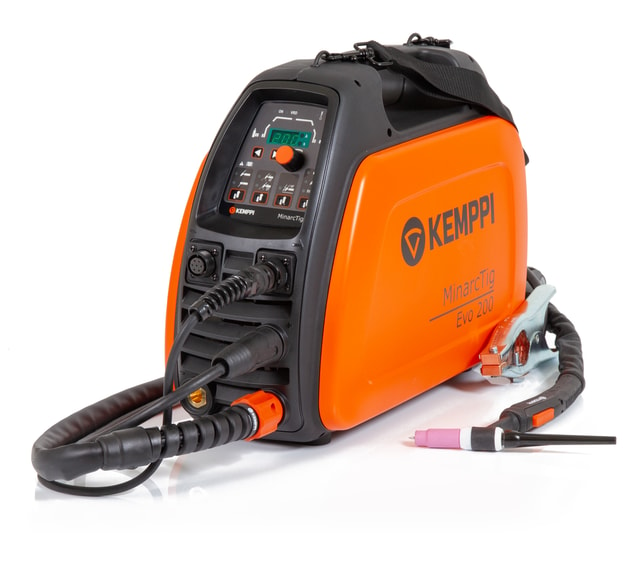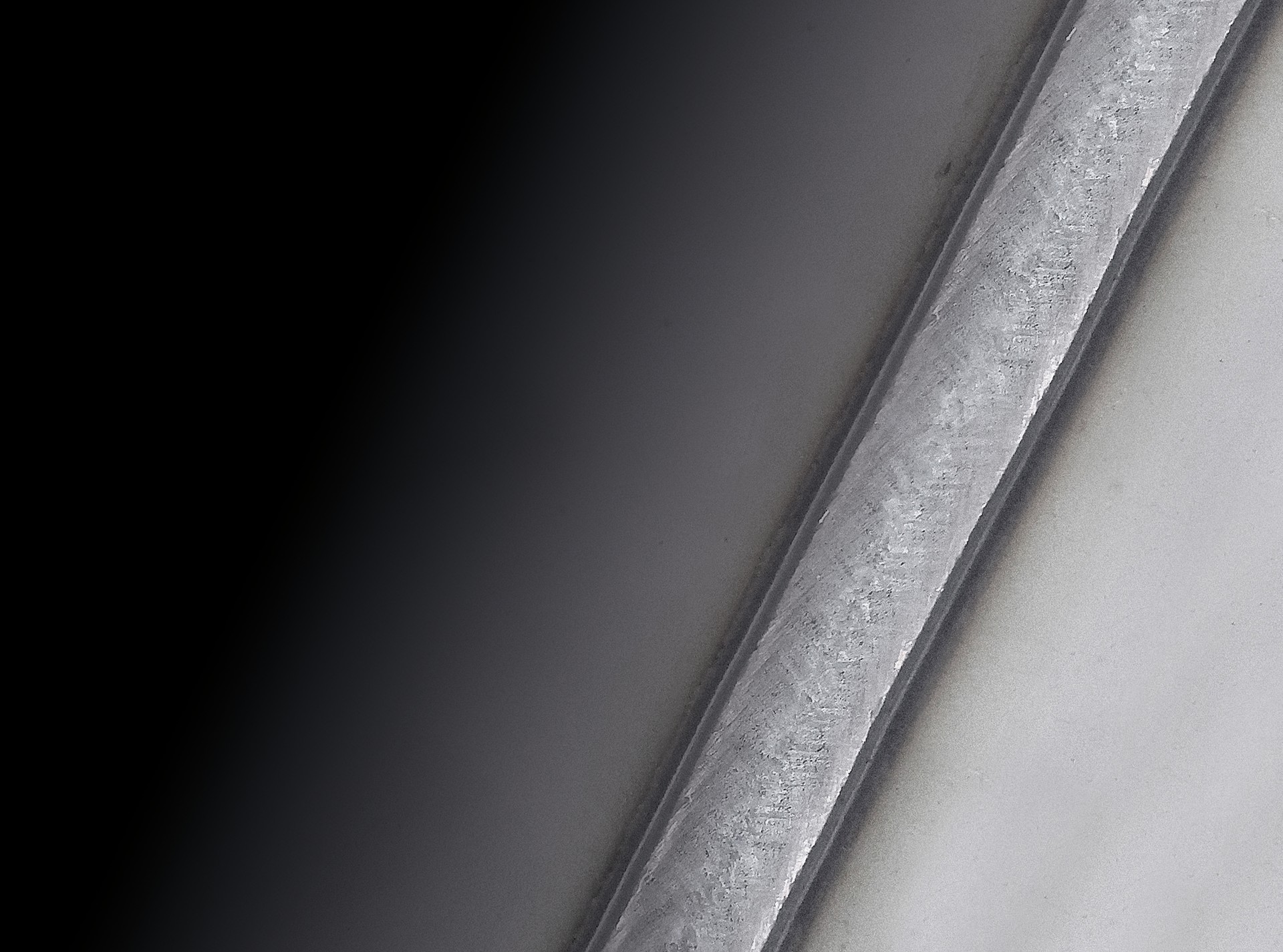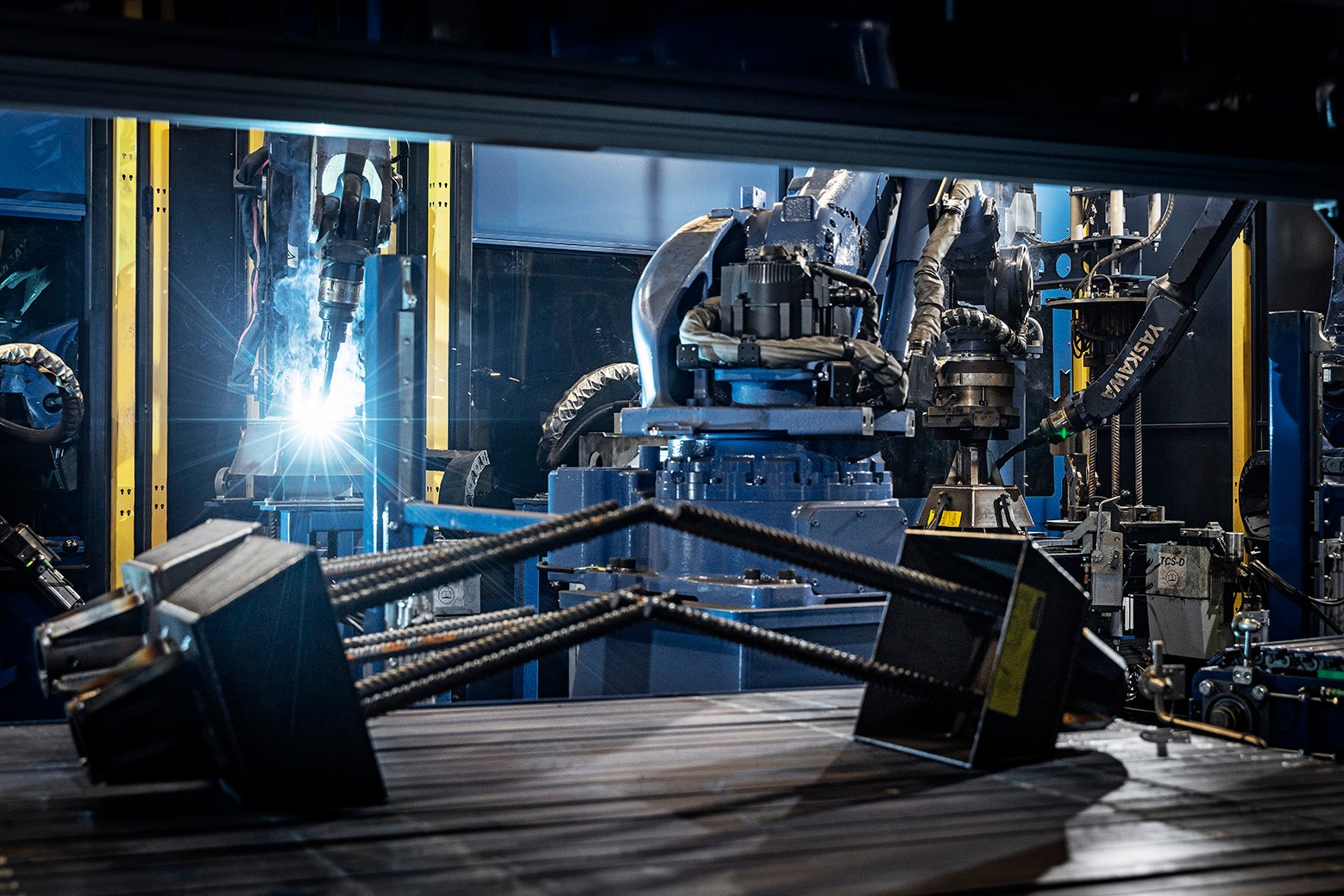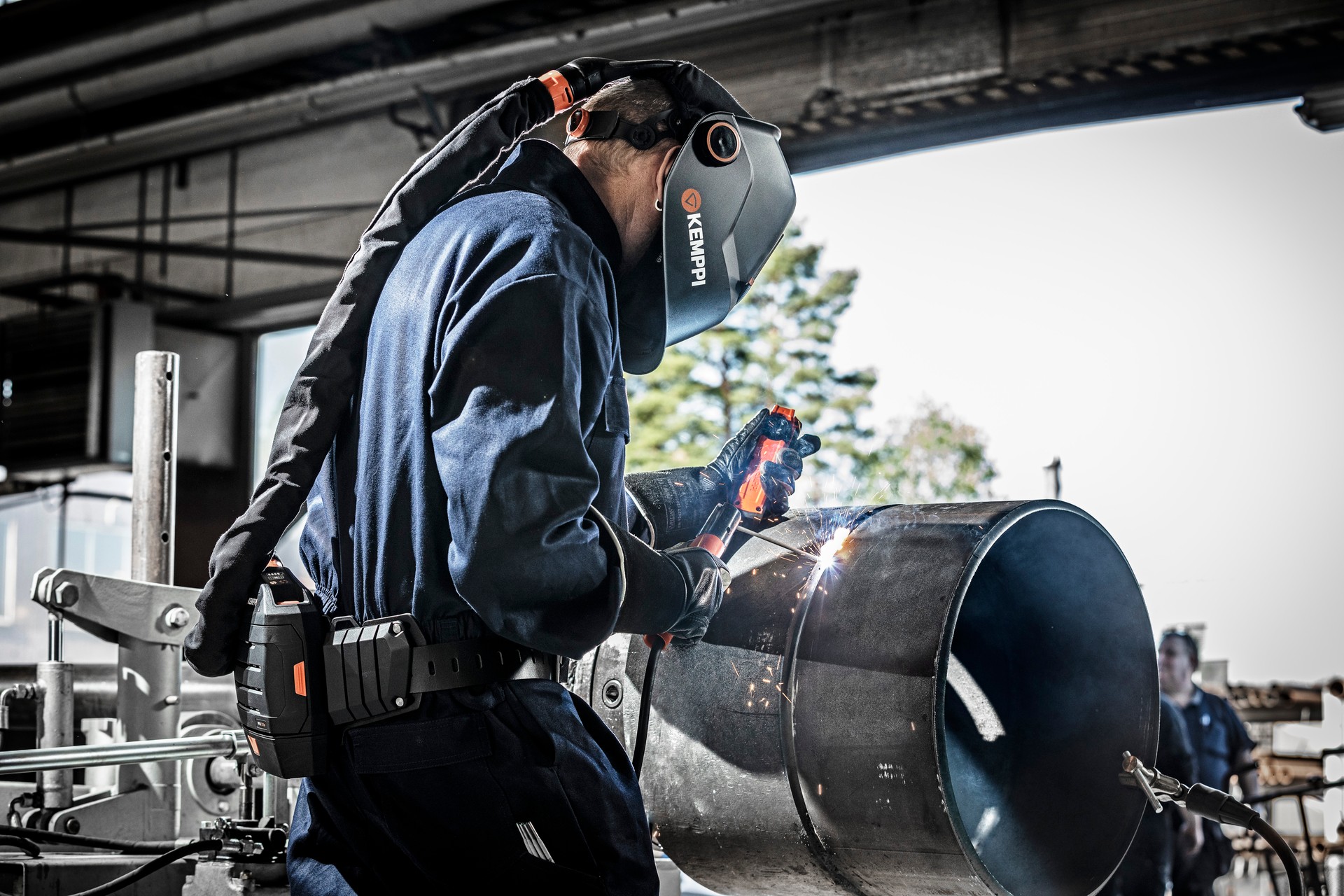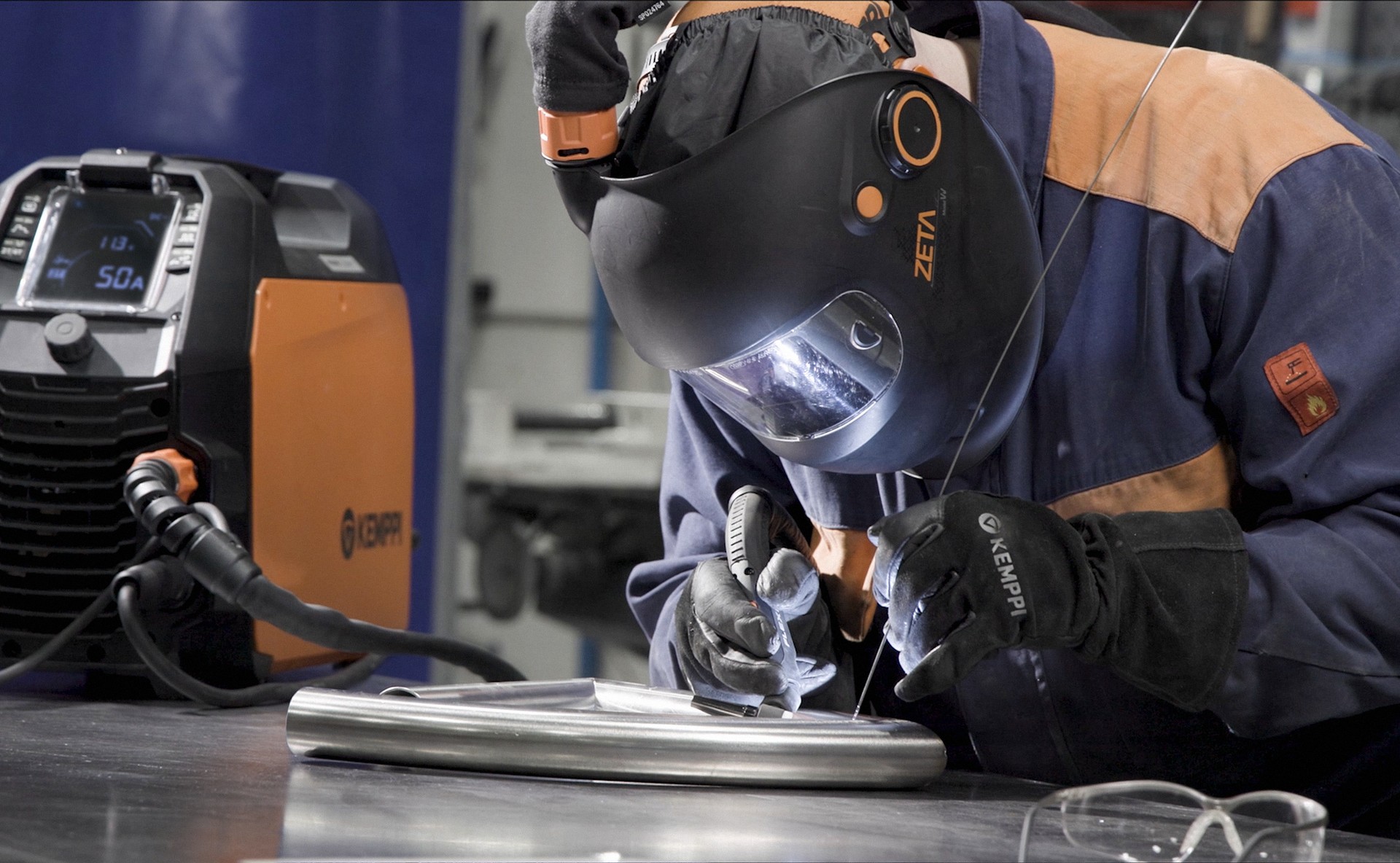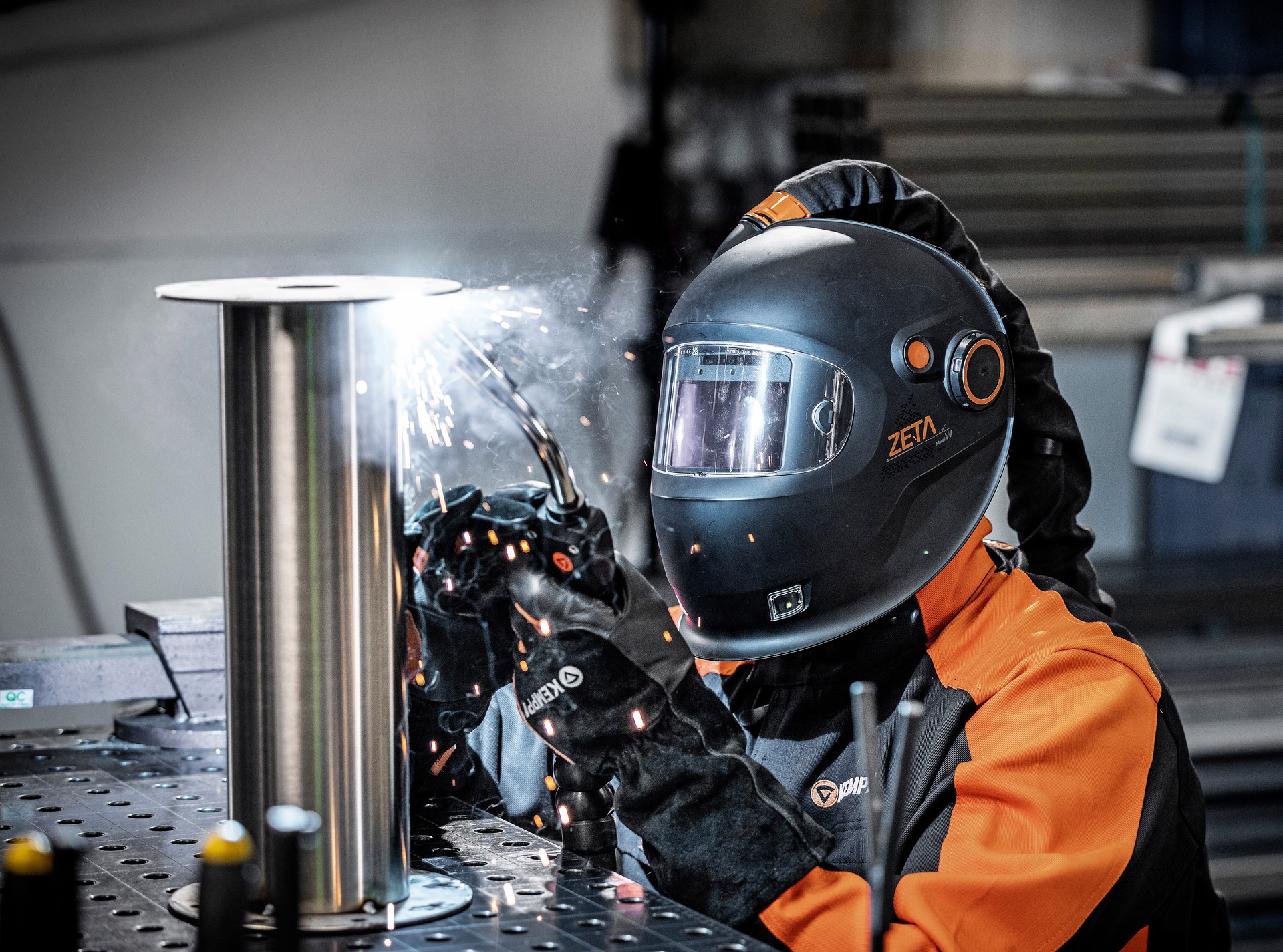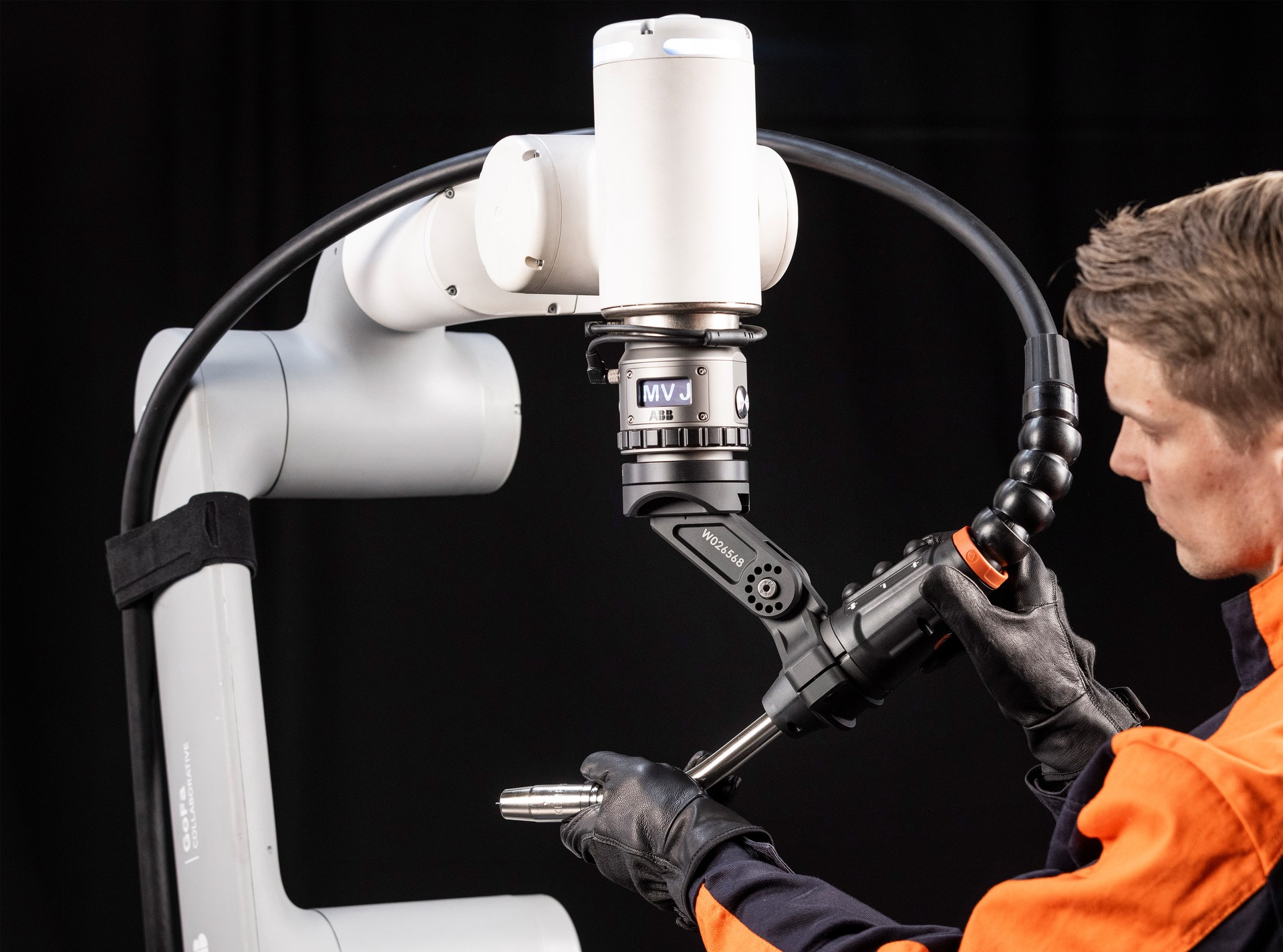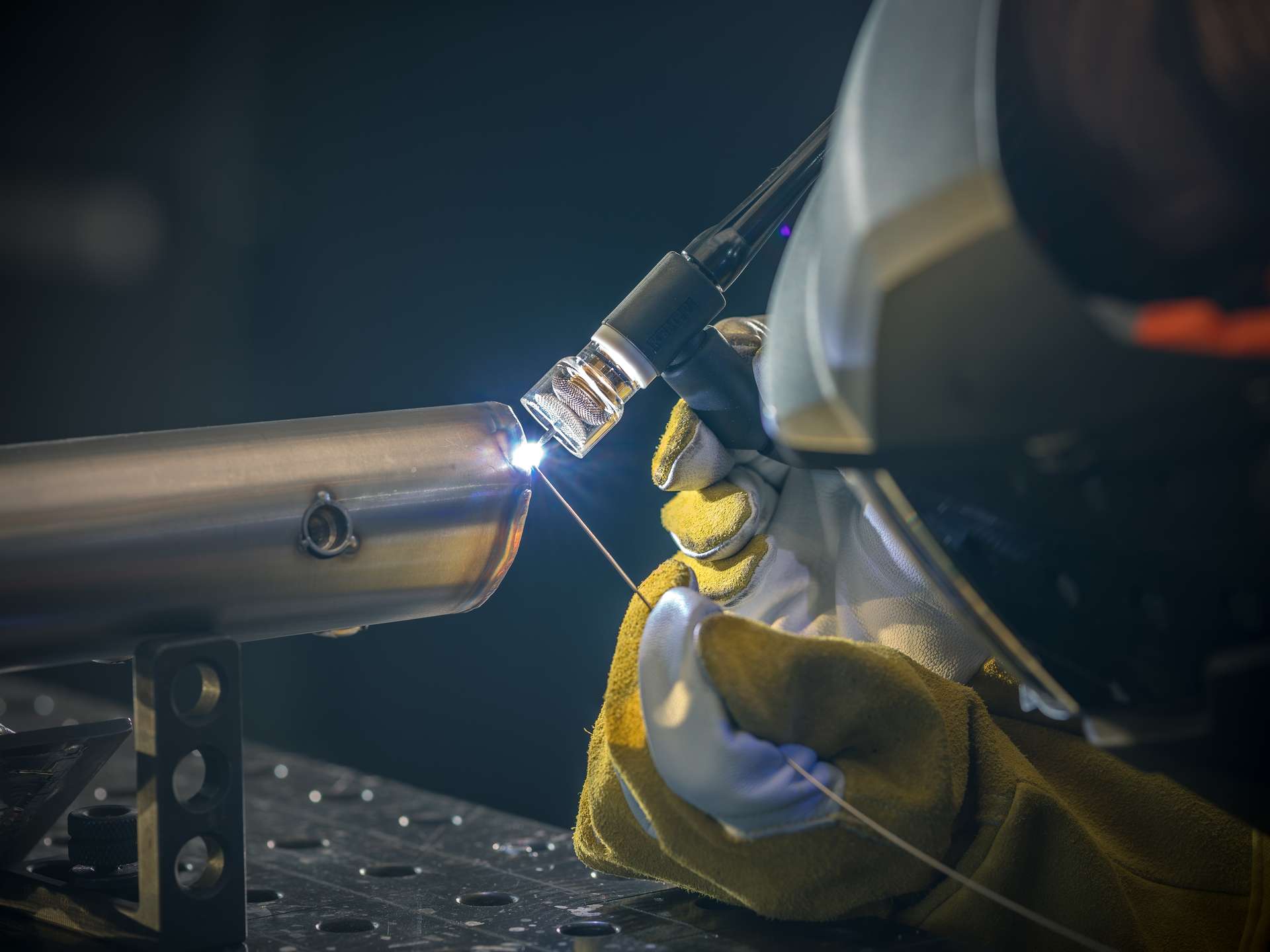
Svetsning ABC
TIG-svetsning
28 januari 2024
Tillämpningar, svetsmaskiner, tekniker för TIG-svetsning
Welding Value
TIG-SVETSMETODEN MED MERA
Vid TIG-svetsning (Tungsten Inert Gas) alstras ljusbågen mellan en icke-förbrukande volframelektrod och arbetsstycket. Skyddsgasen är alltid inert och påverkar inte svetsprocessen i sig. Skyddsgasen är vanligen argon och den skyddar både smältbadet och elektroden i TIG-brännaren från oxidering.
Tillsatsmaterial behöver inte alltid användas vid TIG-svetsning. Arbetsstyckena kan sammanfogas enbart genom hopsmältning av fogen. Om tillsatsmaterial används matas detta manuellt till smältbadet och inte genom svetspistolen som vid MIG/MAG-svetsning. En TIG-brännare har därför en helt annan konstruktion än en MIG/MAG-svetspistol.
Det finns olika TIG-svetsmetoder, såsom DC TIG med likström och AC TIG med växelström samt puls-TIG.
TILLÄMPNINGAR FÖR TIG-SVETSNING
Det viktigaste användningsområdet för TIG-svetsning är svetsning av rörledningar. Metoden används dock även inom många andra områden som t.ex. inom flyg- och rymdindustrin, vid svetsning av mycket tunn plåt och speciella material som till exempel titan.
TIG-svetsning är väl lämpad för både manuell och mekaniserad svetsning liksom för robotsvetsning.
TIG-SVETSMASKINER
Utrustningen vid TIG-svetsning består av strömkälla, återledare, TIG-brännare samt skyddsgasflaska eller centralgasanläggning. Maskinen kan även innehålla en kylvätskeenhet. Trådmatarverk behövs inte eftersom tillsatsmaterialet tillförs manuellt.
Bläddra bland Kemppis TIG-svetsmaskiner
TIG-SVETSNINGSTEKNIK
TIG-svetsning används när svetsförbandets utseende och kvalitet spelar en avgörande roll. Detta ställer speciella krav på noggrannhet under svetsarbetet. Dessutom är TIG-svetsning mer krävande, eftersom fler parametrar måste kontrolleras vid svetsning med denna metod än med andra. Vid TIG-svetsning hålls brännaren med ena handen samtidigt som tillsatsmaterialet matas till smältbadet med den andra. En TIG-svetsare måste följaktligen ha god kontroll på båda armarna och den ena kan inte användas som stöd för att föra fram brännaren som vid MIG/MAG-svetsning.
Detta gör TIG-svetsning svårare, särskilt för nybörjare. Men armrörelserna kommer snart att anpassas efter de rörelsebanor som krävs vid svetsningen och TIG-svetsning blir ren rutin. Dock utförs vanligen krävande TIG-svetsning av specialutbildade svetsare.
TIG-svetsning utförs genom att brännaren förs framåt med en skjutande rörelse. Tillsatsmaterialet kan matas in i smältbadet antingen droppvis eller kontinuerligt.

Welding Value
Welding Value
Welding Value is a corporate blog hosted by Kemppi Oy. Its main purpose is to evoke discussion on the transformation of modern welding, and bring you the latest stories from within the global welding industry told by true experts in their respective fields.
